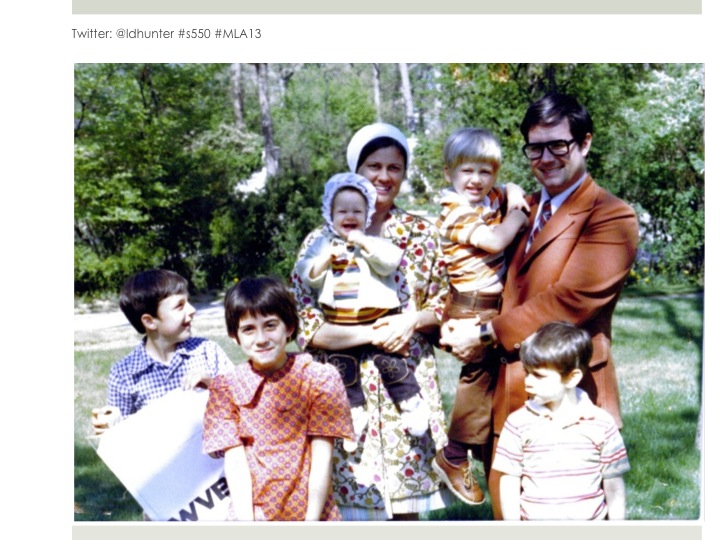
Find someone else to do it'," she recalls. I used to scream, 'I'm not your secretary. Loadingīy the time Jodee hit her teens, she'd had enough of interpreting for her family.

"That's the life of CODAs," she surmises. She would crawl down the dark corridor to her brother's room and wake him up, writing out the letters B.A.D - M.A.N - I.N - H.O.U.S.E on his hand. Lying in bed at night Jodee developed a plan.

"I used to get really scared because if someone broke in no-one could hear me scream," she said. Sometimes dark scenarios would play on Jodee's mind - like what would happen if someone broke into their home at night. PS: I am a version of CODA, one might say a COHHA, Child of a Hard of Hearing Adult.Jodee remembers telling her family about the Berlin Wall coming down. So, do you have a SODA or CODA in your class? Perhaps parents or caregivers that speak another language other than English? Let us know how you are helping bridge the language gap for your continuous learning. This can allow those who are deaf/hard of hearing to use written English to converse with others who are using spoken English or another language. My favorite part of the Microsoft Translator app is that someone can interact with someone else by using text and then another person can use speech-to-text within the app. Apps like Microsoft Translator, no-cost application, can be used to translate to different languages, even words on pictures can be translated. This app is available on Windows, Apple, Google & Amazon devices. We can integrate captions/subtitles universally into our video content for the use of all students for whatever reason they may need to help eliminate the language barrier.Ģ. All Videos should have Closed Captioning enabled for subtitles in the parent’s native language and for those that are deaf/hard of hearing. You can easily upload any video that you make into Youtube and follow the steps on this document or video to turn on automatic captions/subtitles then go in and edit them to ensure accuracy. I have two suggestions that you can implement into your instruction to remove the language barrier for our parents and caregivers, who may be deaf/hard of hearing or native language is something other than English, helping with continuous learning.ġ. Your students may not require accommodations such as closed captioning or spoken English translated into another language but their parents do.ĭepending on the delivery style of your continuous learning material there could be unintentional language barriers for our parents and caregivers that are helping our students navigate and complete their required work. Have you heard of CODA or SODA?ĬODA stands for Child(ren) of Deaf Adult(s) and SODA stands for Sibling (or Spouse) of Deaf Adult(s). Yes, I am throwing more acronyms your way. So, what does this have to do with the title of this blog, SODA or CODA?ĭid you know you might have them in your class this year? OR you might have them in your class next year. Your student(s) may not be identified as needing specific accommodations with their school work but their parent or caregiver that is helping with their continuous (distance/e-learning) work might need accommodations due to a disability or a language barrier. Indiana Department of Education, IDOE, reports that, “Indiana has a diverse student population with over 270 languages spoken in the homes of Indiana public school students and a growing number English Learners.” There are so many variables that could play into whether or not your students are logging in or connecting with you or finishing their work accurately. When I hear these numbers I can’t help to think that some of the variables may be due to a language barrier. I have heard, informally, from a few teachers that there is anywhere from 40% to 100% student participation in classrooms in this time of continuous learning. Indiana Inclusive Communication Matters.Continuous Learning Support due to Covid-19.

Indiana Center for Accessible Materials (ICAM).AEMing for Achievement Grant Success Stories.Accessible Educational Material (AEM) Grant.


 0 kommentar(er)
0 kommentar(er)
